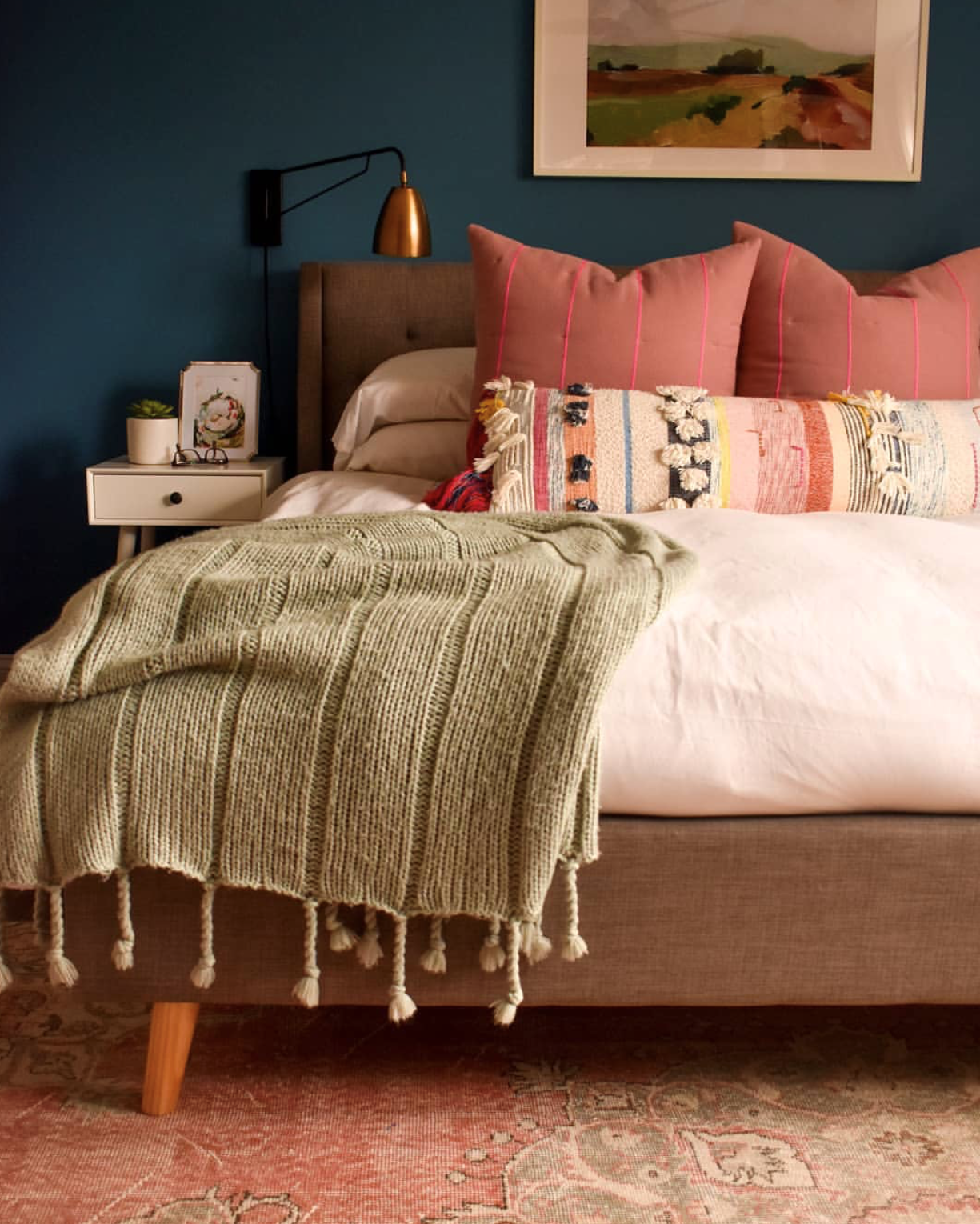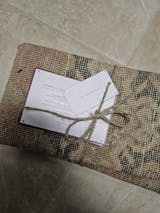To own a vintage Turkish rug is to own a work of art. Each rug contains its own story and character, its own individuality and expression, and authentic materials sourced directly from the land. For these reasons alone, authentic vintage Turkish rugs are incredibly valuable. What’s more, Turkish rugs carry with them a legacy that few civilizations and societies can match: For thousands of years, these rugs have been used as basic floor coverings, prayer rugs, wall tapestries, table cloths, blankets, and more. They have traditionally been considered sacred pieces of spiritual practice, wedding dowries and gifts, and precious family heirlooms. They reflect a longstanding history of cultural and artistic expression that has been cherished for generations. Take a deeper look at what characteristics come together to create such a highly sought-after item.
Heritage and History
The craft of rug weaving is unique to Anatolia, a region that was home to the earliest of humankind’s civilizations, and today comprises the country of Turkey. Migrating tribes as far back as 7000 BC established rug weaving out of necessity, protecting themselves from the natural elements of the land. Whereas rugs were first used as essential pieces of protection from the earth’s elements, over time, they became integral to cultural identity, status, and familial recognition. Rug weaving is truly an art, and this legacy is reflected in each vintage rug.
Artistry and Symbolism
Traditional Turkish rugs are more than floor coverings: They contain stories, images, symbols and messages that are thoughtfully created by the rugs’ weavers. Utilizing specific colors and visual motifs, Turkish rugs tell handwoven narratives of spiritual practices and beliefs, cultural and tribal experiences, family and ancestry, and stories about the natural world. Common motifs include the tree of life, the evil eye, symbolic animals like the dragon and the phoenix, images of masculinity and femininity, and much more. Colors reflect themes of spirituality and mysticism, passion and strength, trials and conflict, and peace and happiness.
Natural Materials
Maintaining a tradition that stretches back thousands of years, vintage Turkish rugs are made of natural materials including wool, silk, and cotton. Different types of rugs can contain a combination of these materials, with silk being of the highest value. The colors are also achieved using natural dyes that are sourced from the region’s plants and vegetation. This allows them to maintain their look and aesthetic far longer than rugs that are made using chemical dyes.
Handmade
One characteristic of Turkish rugs that truly sets them apart from mass-produced products is that they’re traditionally made by hand, dramatically increasing their value. Different regions have used different types of weaving techniques, too. For example, traditional Turkish rugs are made using the Ghiordes knot — a technique that gives the rug consistency and symmetry. Other knots include the Persian knot and the Jufti knot. Each technique offers a different look to further create a one-of-a-kind rug reflective of the weaver and the area of origin.
Depending on the type of knot used, an authentic handmade rug can take anywhere from one month to more than a year to complete. Time estimates are based on the type of knot used, the number of knots per square inch, the size of the rug, the material used, the tightness of the knot, and the intricacy of the design. With this amount of factors, it’s easy to see that every rug bears its own characteristics, and no two rugs are exactly the same.
Collectors’ Items
With a cultural and artistic legacy that’s survived thousands of years, along with the use of natural materials and traditional weaving techniques, it’s no surprise that authentic vintage rugs are highly sought-after items. They have been used in homes from tribal huts to wealthy estates, and each rug can survive for generations to become a precious family heirloom. So valuable are these rugs that some have even sold for over $1 million. What’s also unique about these rugs is that their value actually increases over time. The longer the rug lasts, the higher it becomes in value.
When shopping for an authentic Turkish rug, remember that you are not simply purchasing an accent for a room. You are coming to own a highly valuable item that’s steeped in cultural heritage and history. Its significance is reflected in the thoughtful inclusion of artistic details, its use of traditional and organic materials, and its handmade weaving. Few pieces of decor will stand out in such an impactful way.
http://www.allaboutturkey.com/carpet.htm
http://www.allaboutturkey.com/kilim.htm
https://www.dorisleslieblau.com/a-brief-history-of-antique-turkish-rugs/
https://www.captivatingcappadocia.com/turkish-carpet-buying-guide-10-characteristics-video/
https://www.carpetencyclopedia.com/manufacturing/knots/symmetrical-knot
https://nwrugs.com/blogs/loveofrugs/12931101-how-long-does-it-take-to-weave-a-rug
https://www.tripsavvy.com/how-to-buy-a-turkish-rug-1863865
Source: https://www.invaluable.com/blog/inside-the-archives-persian-turkish-rugs/












